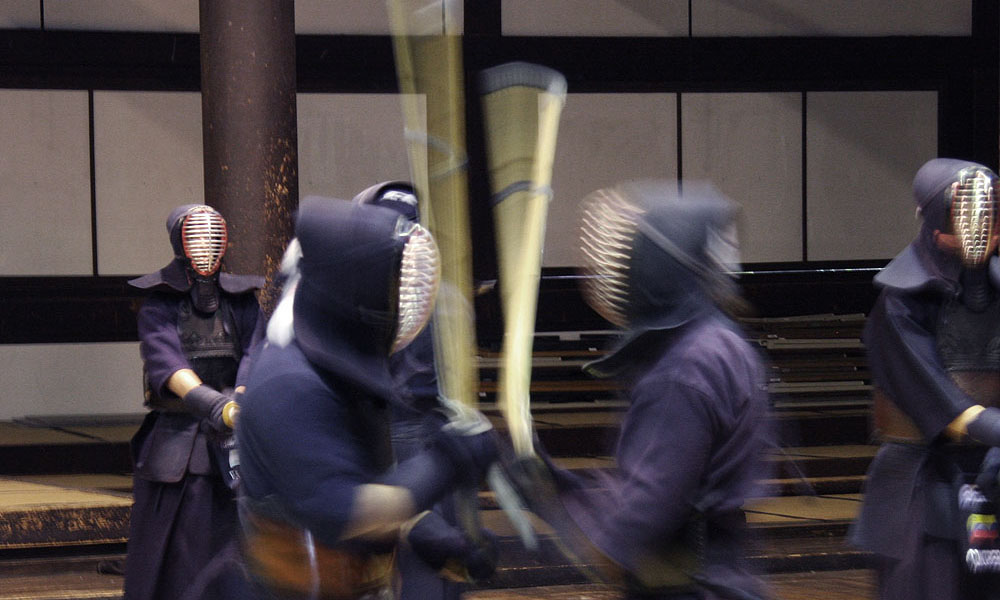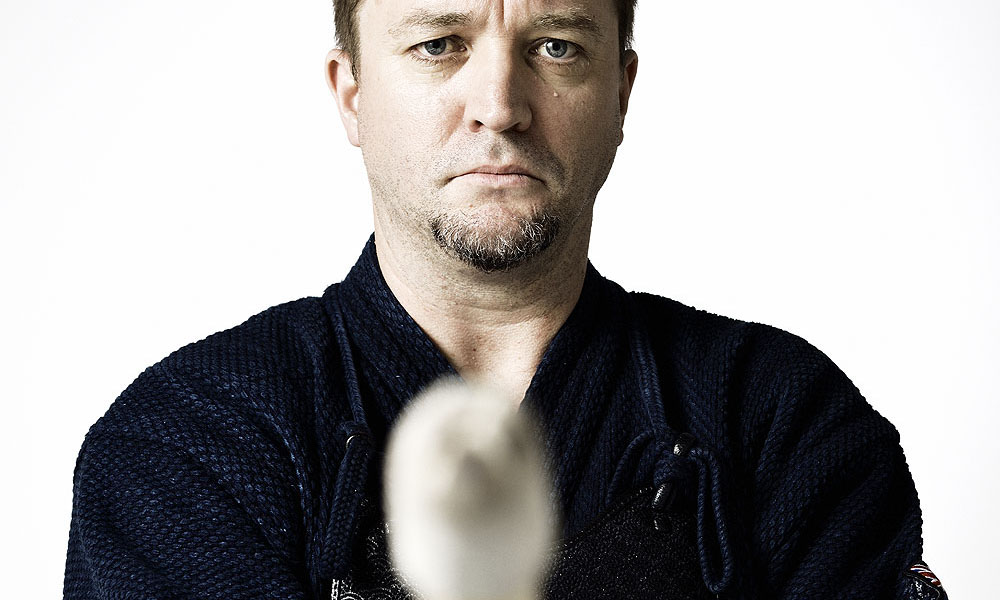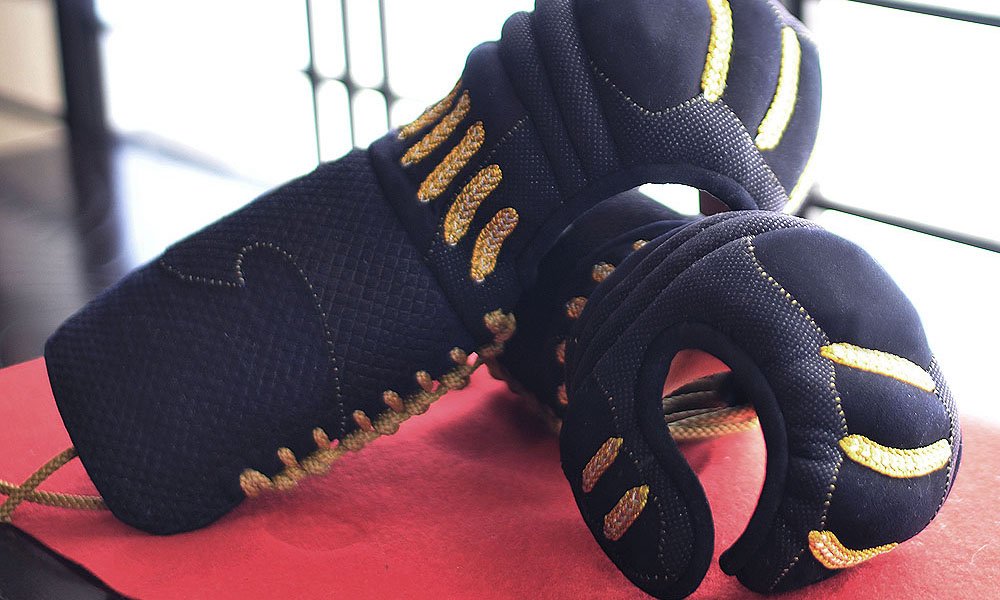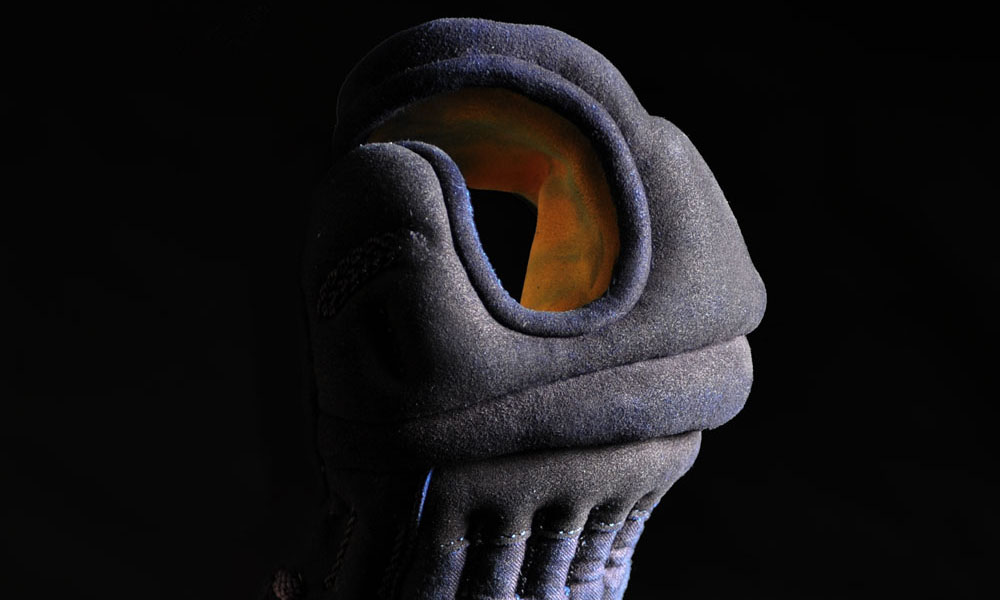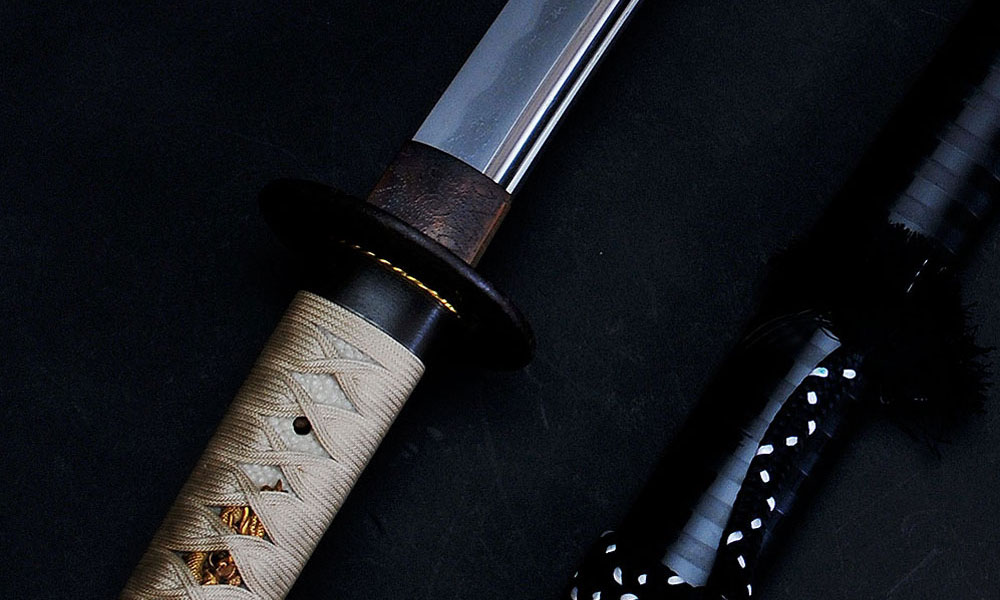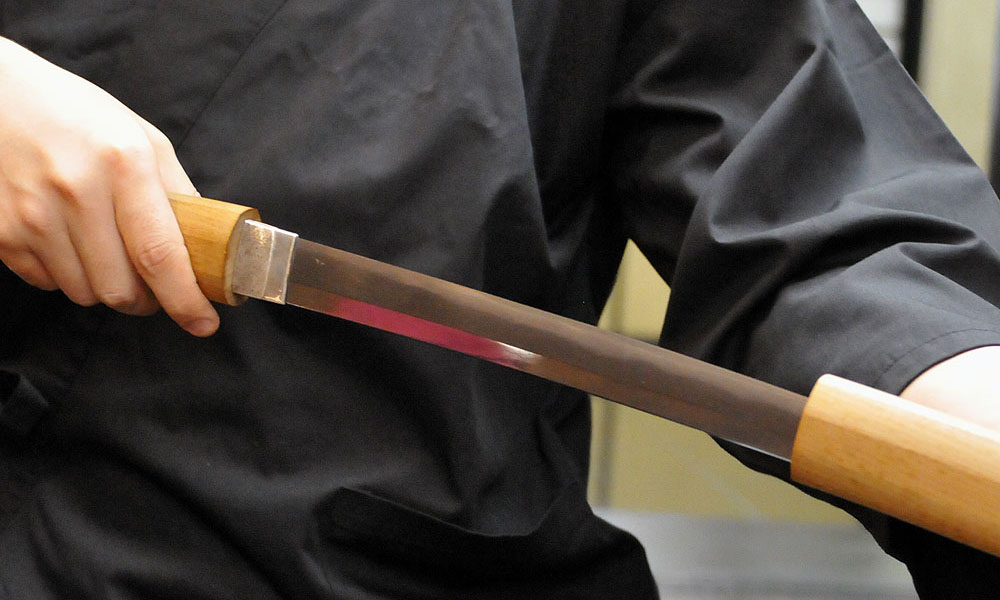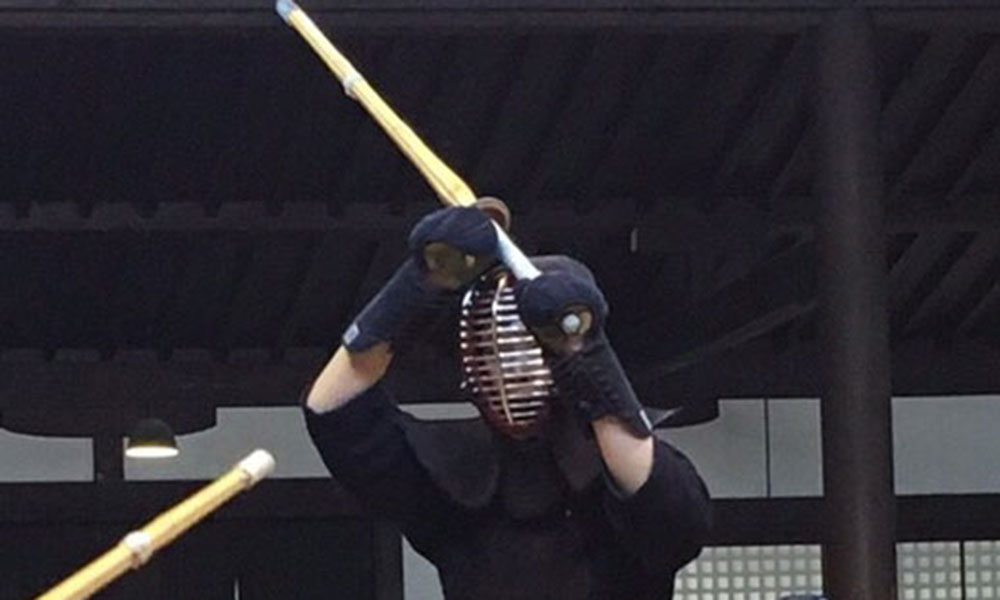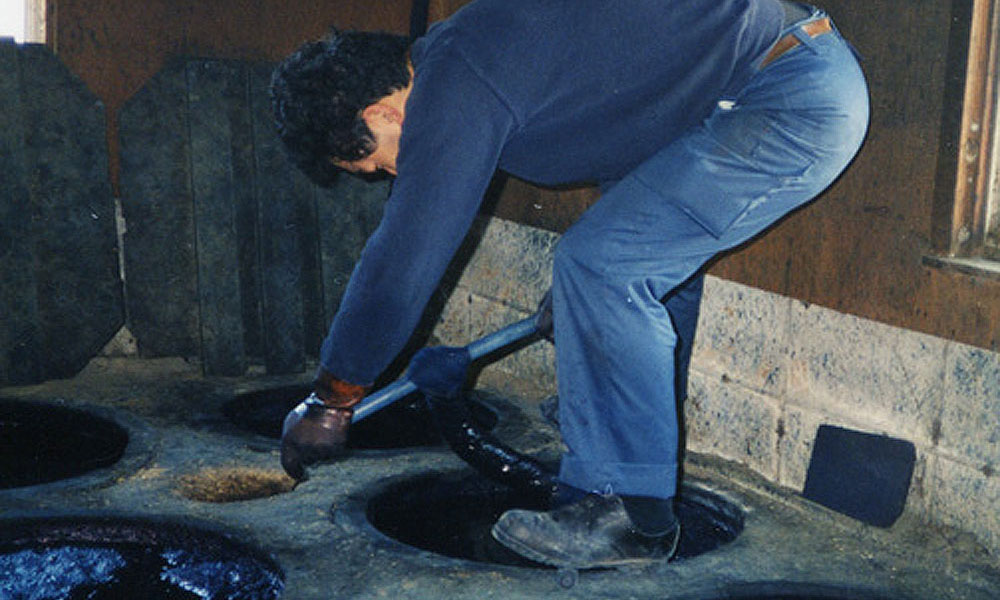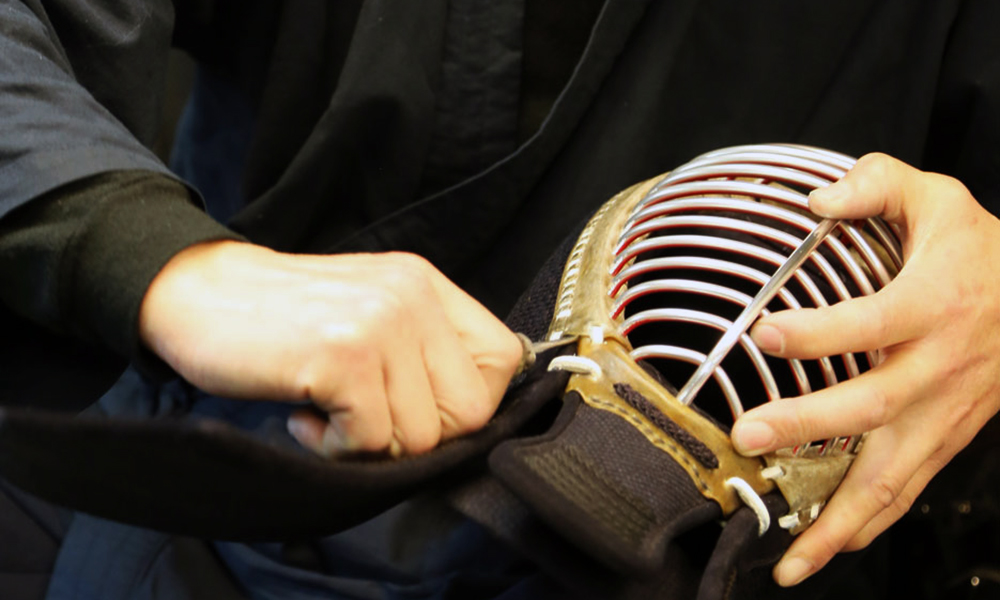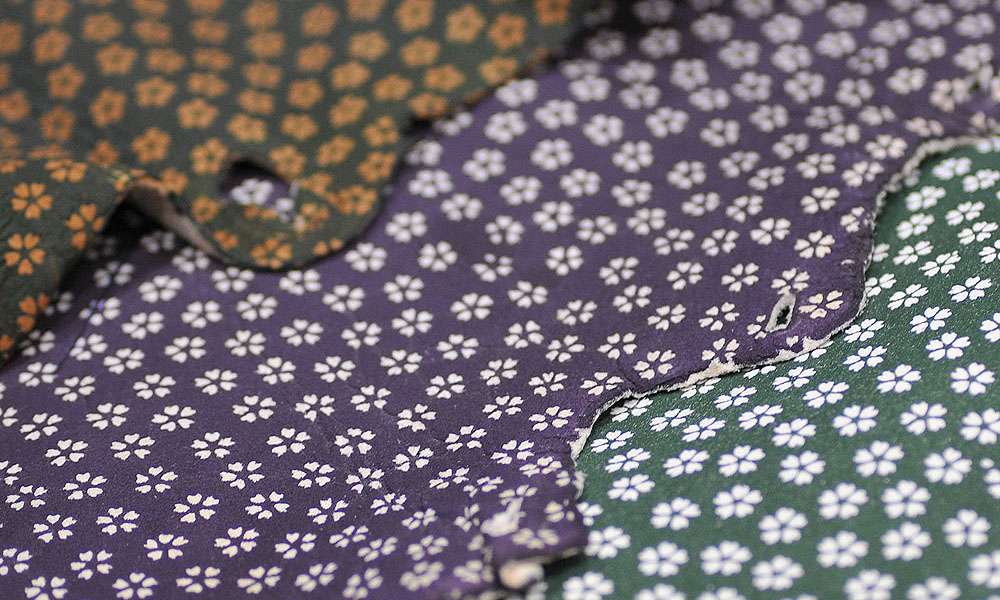It’s never too late to start Kendo, no matter how old you are
Kendo is not a sport, but rather Budo, so that’s why respecting the etiquette in Kendo is very important. Life is just like Kendo, a life-long pursuit of knowledge and practice. Lately, it has become very popular do “リバ剣” (Ribaken; Revival Kendo) in Japan, meaning that the parent’s decide to start Read More


